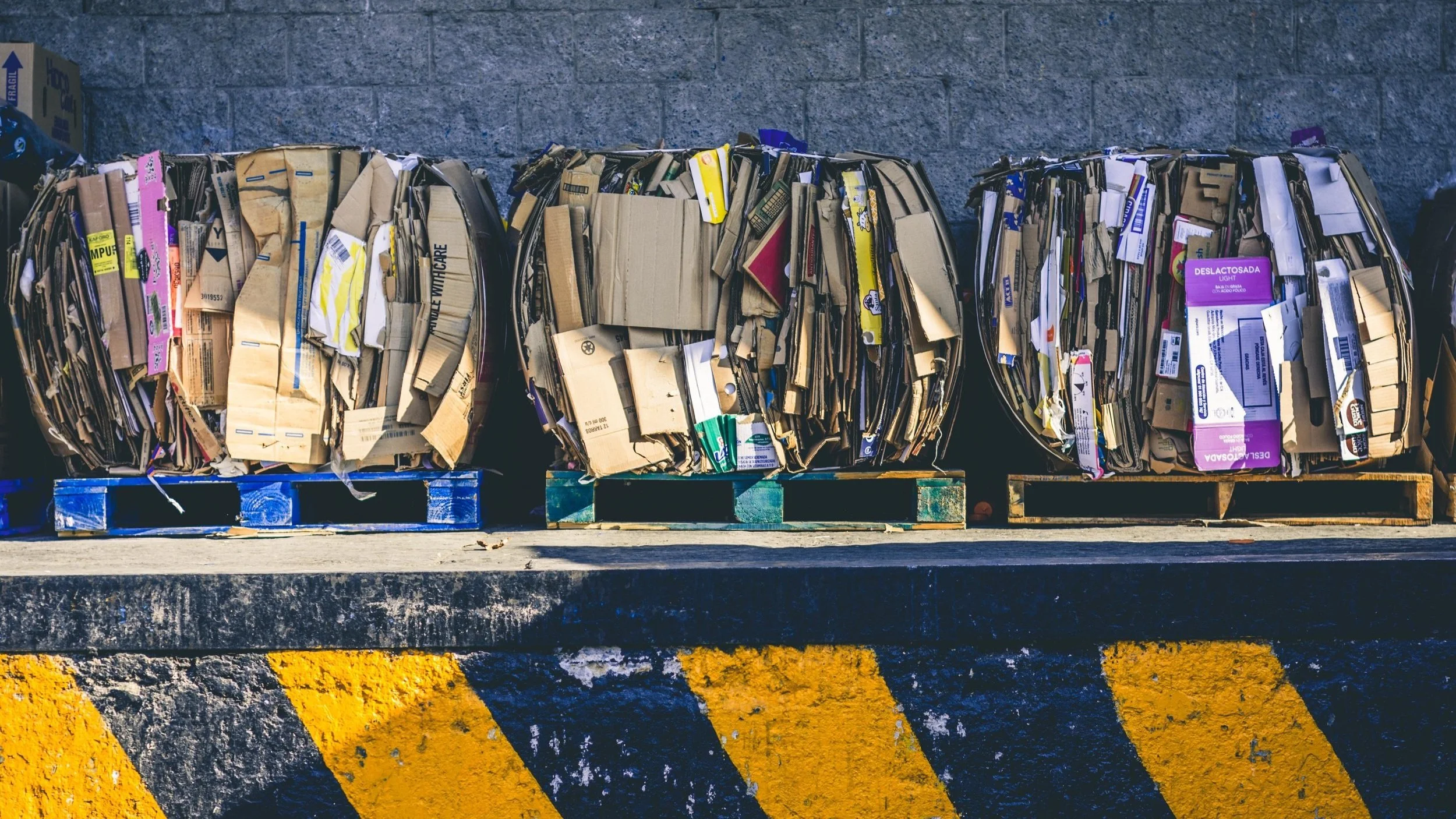How Waste Impacts Emissions and Carbon Footprints
It may surprise you that organic materials, such as food waste and yard trimmings, are the biggest category of waste being sent to landfills each year. Organic materials take up about 33.7% of total waste generated, with 21.6% of that being food waste alone. With this much food in the US wasted, 38.3 million people are living in food-insecure households, not having access to sufficient food to meet their basic needs. Moreover, the methane emissions resulting from the wasted food breaking down in landfills is significantly contributing to climate change.
According to the EPA, landfills in the United States in 2020 represented 16.8% of the total U.S. anthropogenic methane emissions with an estimated 109.3 million metric tons of carbon dioxide equivalents of methane being released each year. As the food waste sits in landfills, piled in plastic bags and underneath pounds of other waste unexposed to oxygen, it starts to break down in anaerobic conditions and the bacteria decomposing the waste produces methane as a byproduct. Methane is 25 times more potent than carbon dioxide at trapping heat in the atmosphere, impacting climate change heavily.
Transportation of Waste & Associated Emissions
In addition to the emissions from food decomposition and general landfill waste, there are significant emissions associated with the transportation of this waste to the landfill. Think about the journey your trash takes from your office or home to the landfill– the travel time accounts for additional emissions. In the US, the greatest contributor to anthropogenic greenhouse gas emissions by economic activity is transportation, accounting for 27% of the total emissions in 2020.
Looking at the breakdown of average fuel economy and annual fuel use by vehicle type, refuse vehicles such as garbage trucks don’t rank well. Of all the major vehicle categories that make up the transportation sector, refuse vehicles have the lowest fuel economy, with only 2.5 miles per gallon. It’s also the 3rd highest fuel consumer, utilizing about 10,000 gallons annually per vehicle. Along with the fact that refuse vehicles’ fuel economy are suboptimal, there are also significant inefficiencies due to the continuous heavy loads and stop-and-go nature of trash pickups.
Waste & Your Organizations Carbon Footprint
All the emissions associated with transporting and decomposing waste point to it having a fairly significant impact on our personal and company’s carbon footprint. Waste and its associated emissions are one of the more tangible aspects of a carbon footprint that can make up around 15% of emissions, depending on how your organization operates.
When looking at carbon footprints and emissions for an organization, waste is categorized in two specific scope 3 sections. Waste associated with upstream activities, such as the disposal and treatment of waste generated in the company’s operations is quantified in Category 5, Waste Generated in Operations. Then there’s waste from downstream activities such as the waste disposal and treatment of products sold by your organization and the end of their life, quantified in Category 12, End of Life Treatment of Sold Products. If your organization doesn’t have a physical product, it’s likely that the downstream category of end of life treatment of sold products may not pertain.
Quantifying & Reducing Waste-Related Emissions
Aside from quantifying waste emissions associated with your organization, an important step towards carbon neutrality is mitigating those emissions and reducing the amount of waste generated in your operations. Reducing waste from operations and sold products has the potential to reduce your carbon footprint and emissions up to 15%. Reducing waste will directly lower decomposition emissions and lessen the amount of pickups refuse vehicles have to make at your organization to help shrink your overall carbon footprint.
RyeStrategy’s holistic suite of services can help quantify your business’ operational waste emissions and other associated emissions, while providing targeted mitigation strategies to assist you in reducing your waste output and lowering your carbon footprint.
Learn about our affordable carbon footprint solutions for small and medium-sized businesses
Book a free strategy session to discuss your climate goals with a sustainability manager.
About RyeStrategy
Based in Seattle, RyeStrategy is a CDP-accredited, mission-oriented company specialized in carbon accounting, mitigation coaching, and climate disclosure solutions for organizations at any point in their sustainability journey. Learn how RyeStrategy helped Salesforce, Ideascale, and Wazoku achieve their sustainability goals.
From exhaustive carbon footprinting and mitigation coaching, to setting science-based targets and reporting climate data to CDP, SBTi or custom reporting platforms, RyeStrategy acts as a hands-on extension of the team, custom-tailoring services to fulfill climate disclosure requirements easily and accurately.
Meet with a sustainability specialist to learn more about RyeStrategy solutions.

